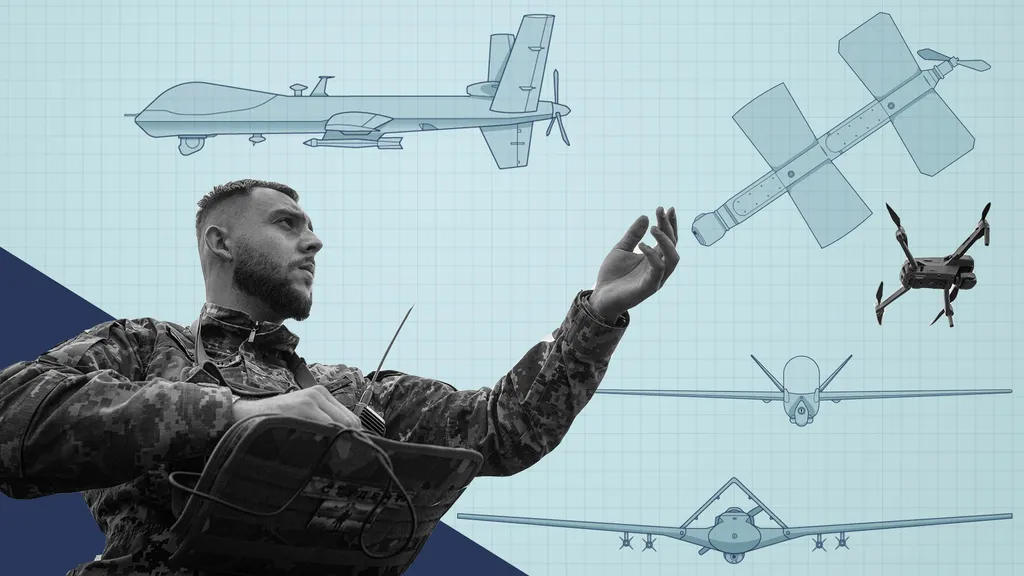Researchers Shumaila Javaid, Nasir Saeed, and Bin He have published a groundbreaking study exploring the integration of Large Language Models (LLMs) with Unmanned Aerial Vehicles (UAVs), a development that could redefine autonomous systems in both military and civilian applications. Their work, titled “Large Language Models for UAVs: Current State and Pathways to the Future,” delves into the transformative potential of combining these technologies to enhance data analysis, decision-making, and response times in critical scenarios.
The study begins by acknowledging the rapid advancements in UAV technology, which have already revolutionized sectors ranging from surveillance and logistics to disaster response. However, the researchers argue that the true potential of UAVs lies in their integration with AI-driven tools like LLMs, which possess remarkable learning and adaptation capabilities. These models, capable of approaching human-level proficiency, could significantly augment UAV functionalities, particularly in dynamic and unpredictable environments.
The researchers comprehensively review existing LLM architectures, assessing their suitability for UAV integration. They highlight the importance of selecting models that can operate efficiently within the computational constraints of UAV platforms while delivering robust performance. The study also summarizes state-of-the-art LLM-based UAV architectures, identifying novel opportunities for embedding LLMs within these systems. A key focus is on leveraging LLMs to refine spectral sensing and data sharing, areas critical for enhancing UAV operational capabilities.
One of the most compelling aspects of the research is its exploration of how LLM integration can expand the scope of existing UAV applications. By enabling autonomous data processing and improved decision-making, LLMs could allow UAVs to respond more quickly and accurately in emergency scenarios, such as disaster response and network restoration. The researchers emphasize that this integration could lead to faster response times, a critical factor in mitigating the impact of crises.
The study also identifies crucial areas for future research, including the development of more efficient LLM architectures tailored for UAV deployment, the enhancement of real-time data processing capabilities, and the exploration of ethical and security implications. The researchers argue that addressing these challenges will be essential for facilitating the effective integration of LLMs and UAVs, paving the way for a new era of autonomous systems.
In conclusion, the work of Javaid, Saeed, and He offers a compelling vision of the future of UAV technology, one where LLMs play a central role in enhancing operational efficiency and effectiveness. As the defence and security sectors continue to evolve, the integration of these advanced AI tools could prove instrumental in addressing the complex challenges of modern warfare and crisis management. Read the original research paper here.

